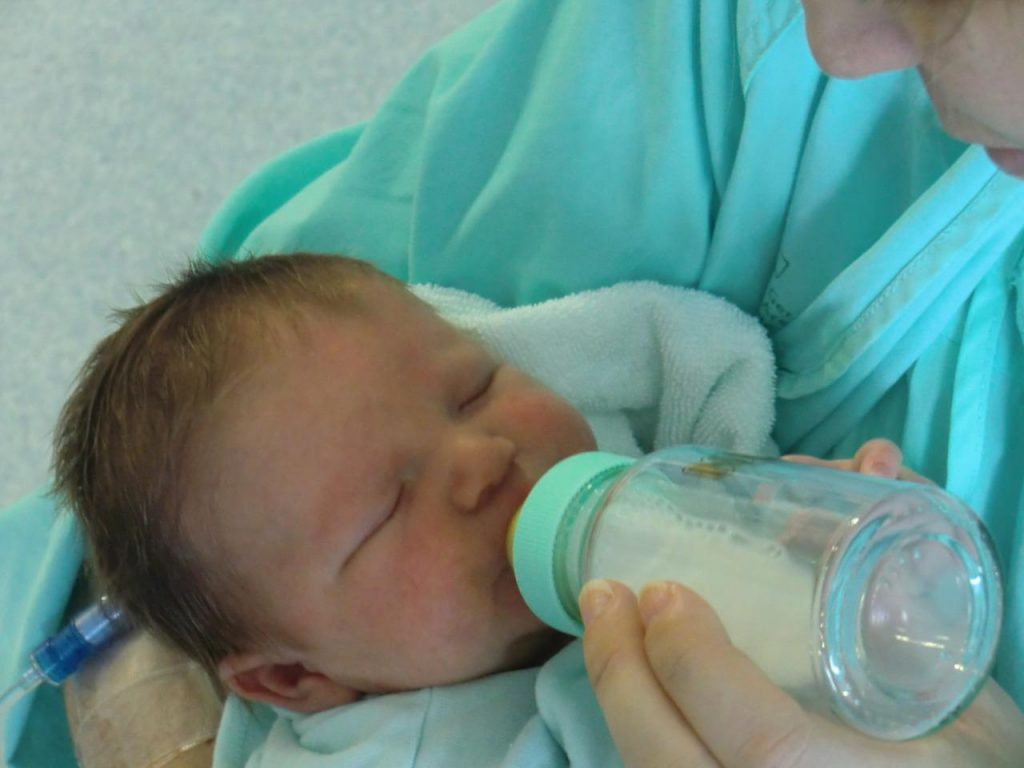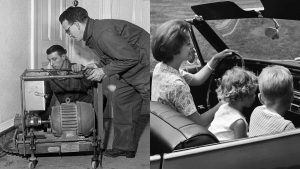How One Mother Gave Birth To Babies That Were Conceived 30 Years Ago
A couple adopted a pair of twin embryos frozen in 1992, the mother was inseminated in vitro and gave birth to the pair on October 31st, 2022.
This article is more than 2 years old
Tiny twins Lydia and Timothy Ridgeway may have set a new record when they made their entrance into the world on October 31. The babies were conceived in 1992 via in-vitro fertilization (IVF) and frozen at 200 degrees below zero, where they rested in suspension until Rachel and Philip Ridgeway chose to adopt them from the National Embryo Donation Center (NEDC). The twins are thought to be the longest-frozen embryos ever to result in a live birth.
Statistics on the longest-frozen embryos that result in a live birth are uncertain because the U.S. Centers for Disease Control and Prevention doesn’t track how long frozen embryos are kept before being implanted. The previous known record was held by Molly Gibson, who grew from an embryo that had been frozen for 27 years. She was born in 2020, taking the record from her sister Emma who had been a frozen embryo for 24 years.
The frozen embryos that became Lydia and Timothy originated from an IVF procedure for an anonymous married couple. Their biological father was in his early 50s and the couple used a 34-year-old egg donor. The embryos—along with three others—remained at a West Coast fertility lab until 2007, when the couple decided to donate all five to the NEDC in Knoxville, Tennessee.
Under specific criteria, the NEDC accepts donations of frozen embryos from those who are finished building their own families but want to give their remaining embryos a chance at life. The NEDC is a private organization that requires embryo recipients to pass a family assessment. The center says that it has enabled the births of over 1,260 infants from donated embryos.
NEDC says that the colloquial term “embryo adoption” is something of a misnomer. “Embryo adoption is not a legal ‘adoption’ at all, at least in the sense of a traditional adoption which occurs after birth,” the center says. “However, the term allows all parties to conceptualize the process and eventual reality of raising a non-genetically related child.”
Dr. Sigal Klipstein, a fertility specialist and chair of the American Society of Reproductive Medicine’s ethics committee, says that using donated frozen embryos is an affordable alternative to IVF for people experiencing fertility problems. Couples who choose this route to build a family avoid the expense of seeking and storing donor sperm or eggs. “They don’t get the genetic connection to the children,” she said, “but they do have a much less expensive reproductive option than even with in-vitro fertilization in most cases.”

The Ridgeways, who already have four biological children, were aware of how old the frozen embryos were. In fact, that’s the main reason they chose them, asking specifically for embryos that fell into the center’s “special consideration” category. “We weren’t looking to get the embryos that have been frozen the longest in the world,” Philip Ridgeway said. “We just wanted the ones that had been waiting the longest.”
So far, it appears that the age of frozen embryos has little to do with their survival rates after implantation. The age of the woman who produced the egg seems to be the key factor in which embryos do well and which do not. According to studies cited in a CNN.com article, about 80% of frozen embryos survive the thawing process while anywhere from 25% to 40% of frozen embryo transfers result in a live birth.
The Ridgeway family chose to implant all three frozen embryos that survived the thawing process despite being warned of the risks of undergoing a pregnancy with multiples. They are grateful that the process resulted in two healthy babies, with Lydia weighing 5 pounds, 11 ounces, and Timothy weighing 6 pounds, 7 ounces at birth. “They were good-size babies,” Rachel Ridgeway said. “It really is God’s grace because he has just sustained us each step of the way.”






